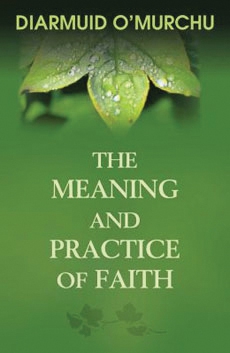 By Diarmuid O’Murchu (Orbis, 2014)
By Diarmuid O’Murchu (Orbis, 2014)
The generic title of Diarmuid O’Murchu’s latest book is misleading. Fear not. This is O’Murchu at his cutting-edge finest. Building on themes from 2010’s Adult Faith (Orbis), he challenges complacent Catholic adults to join the swelling ranks of seekers striving to become “adult Catholics” amid the religious and social upheavals of the 21st century.
His purpose is twofold: first, to support and encourage Catholics who are asking questions, seeking mature answers to the mysteries of God, humanity, and the evolving universe; and second, to apply some serious shock therapy to dormant adults to awaken them to the positive evolutionary processes at play all around them. He urges Catholic adults to recognize that the church structure they live in today bears little resemblance to St. Paul’s vision of church with house-churches “small enough to be intimate . . . flexible, minimally structured, and socially oriented to justice and inclusion.” Instead, most Catholics experience a church that bears the stamp of Emperor Constantine. His imperial, hierarchical, male-dominated model produces what O’Murchu calls “codependent believers”: competent and committed Catholic adults who leave their intelligence at the doors of the church. It is this that has allowed unholy attitudes and practices to infiltrate Christian faith and practice from the fourth century to our own.
O’Murchu exposes this model of church as being in its death throes. He quotes Franciscan Sister Ilia Delio: “God is not so much behind creation as its cause, but in front of creation as its future.” The Holy Spirit guides adult Catholics to honor their traditions while embracing “the lure of the future.” Throughout The Meaning and Practice of Faith, O’Murchu includes bulleted lists that provide adult seekers with language to discuss and express their vision. Each chapter offers questions both for personal reflection and discussion groups.
This review appeared in the December 2014 issue of U.S. Catholic (Vol. 79, No. 12, page 43).













Add comment